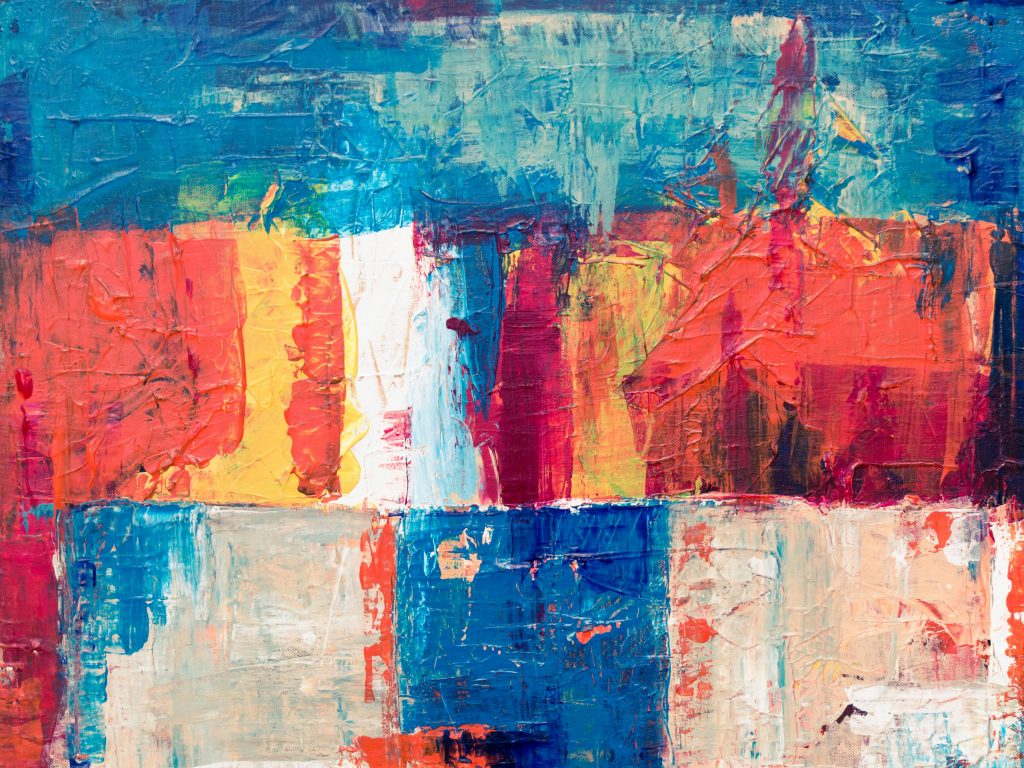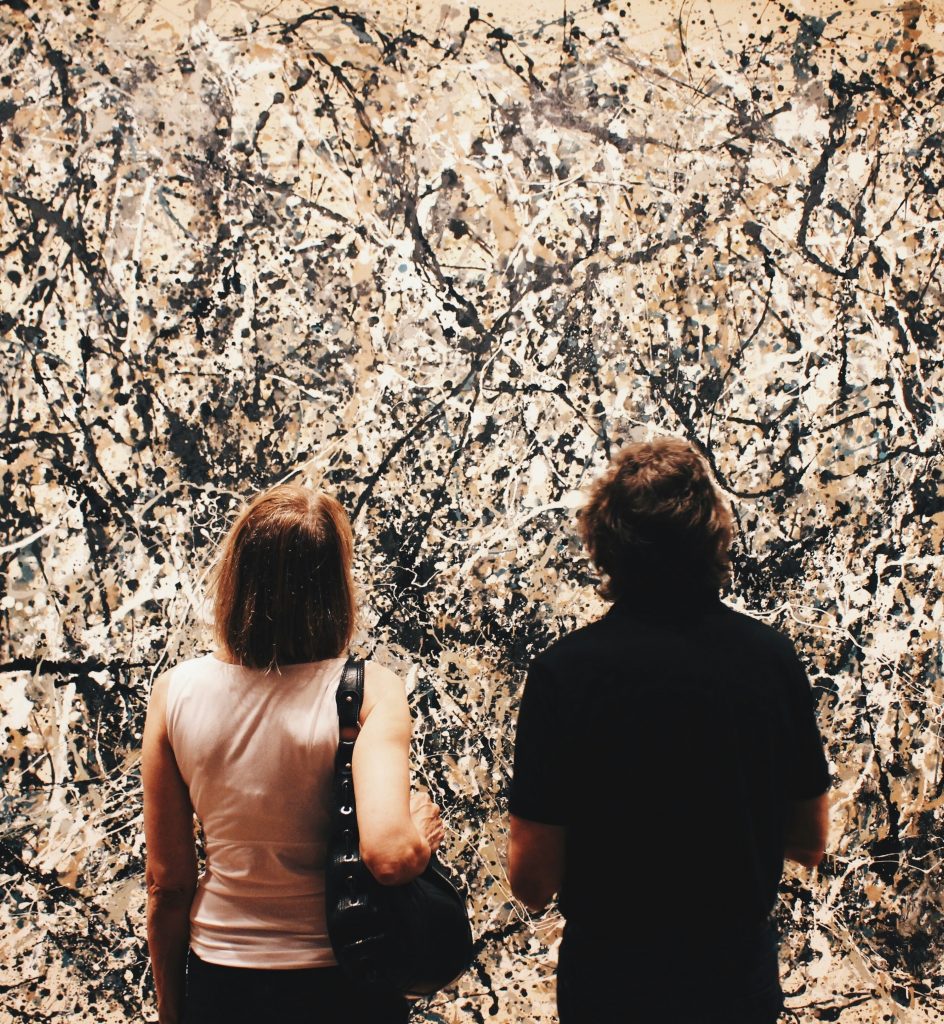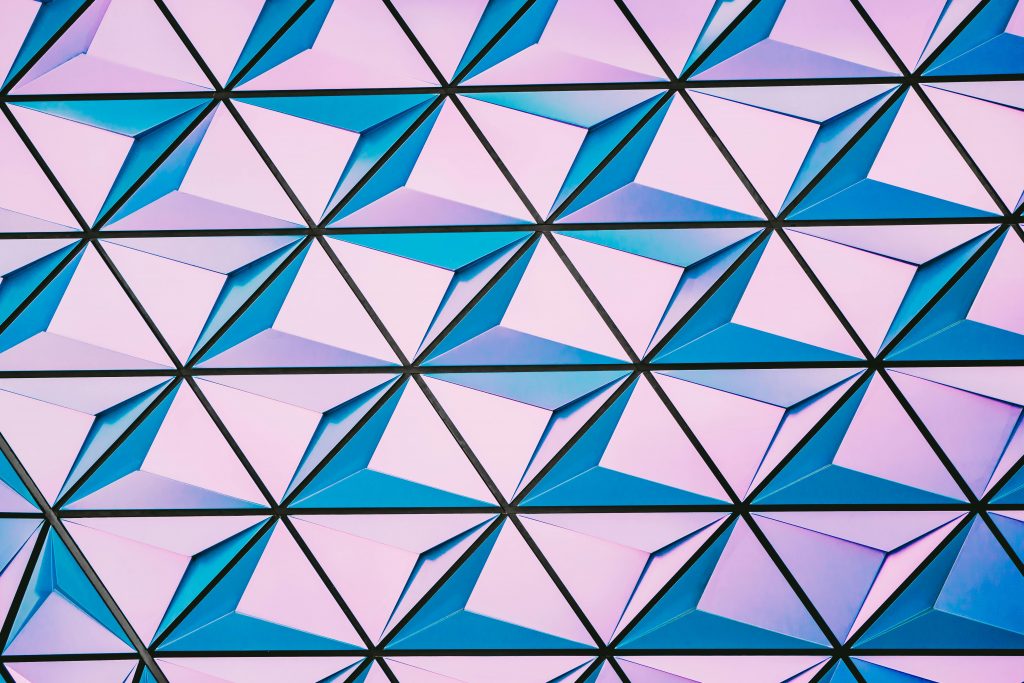
Abstract art emerged in the early 20th century as artists sought to break away from traditional forms and representations. This avant-garde movement was characterized by a focus on non-representational forms, colors, and lines, rather than showing the visible world. One of the earliest pioneers of abstract art was Wassily Kandinsky, whose work “Composition VII” (1913) exemplifies the use of color and form to evoke emotional and spiritual responses. Kandinsky’s theories about the relationship between color and music also influenced his abstract compositions, making him a central figure in the movement.
Kazimir Malevich, another key figure, introduced the concept of Suprematism, which emphasized basic geometric shapes and a limited color palette. His iconic work “Black Square” (1915) became a symbol of abstract art’s radical departure from representational art. Malevich’s minimalist approach highlighted the pure form and the spiritual dimension of art, suggesting that abstraction could convey universal truths beyond the physical world.
The Rise of Abstract Expressionism: American Innovators
Abstract Expressionism emerged in the 1940s and 1950s, primarily in the United States, as a powerful post-war art movement. It emphasized spontaneous, automatic, or subconscious creation, with artists like Jackson Pollock and Mark Rothko leading the way. Pollock’s technique of drip painting, as seen in works like “No. 5, 1948,” involved pouring or splattering paint onto a canvas laid on the ground, creating a dynamic and chaotic energy. This method not only revolutionized the process of painting but also reflected the artist’s psychological state and the era’s existential anxiety.
Mark Rothko, in contrast, explored color fields in large-scale paintings that aimed to evoke deep emotional responses. Works such as “No. 61 (Rust and Blue)” (1953) feature large, luminous rectangles of color that seem to float on the canvas, inviting viewers to experience the paintings on a purely emotional level. Rothko’s emphasis on color and form over narrative content made his work a cornerstone of abstract expressionism and influenced subsequent generations of artists.

The Impact of Minimalism: Simplicity and Essence
Minimalism emerged in the 1960s as a reaction against the emotional intensity of Abstract Expressionism, favoring simplicity, precision, and the use of industrial materials. Artists like Donald Judd and Agnes Martin became leading figures in this movement. Judd’s “Untitled” (1967) consists of a series of identical, geometric units made from industrial materials, arranged in a precise, grid-like fashion. This work exemplifies Minimalism’s emphasis on clarity, order, and the physical presence of the artwork itself, devoid of metaphor or emotion.
Agnes Martin, on the other hand, approached Minimalism with a more spiritual and meditative perspective. Her grid-based paintings, such as “Untitled #1” (1982), features delicate lines and subtle variations in tone, creating a sense of tranquility and infinite space. Martin’s work underscores the minimalist belief that art should be stripped to its essentials, allowing viewers to experience its pure, intrinsic qualities.
European Abstract Art: Geometric Abstraction and Beyond

While Abstract Expressionism flourished in America, European artists continued to develop their own approaches to abstraction. Piet Mondrian, a Dutch painter, is renowned for his development of Neoplasticism, a style that used a grid of vertical and horizontal lines and primary colors. Mondrian’s “Composition with Red, Blue, and Yellow” (1930) exemplifies this approach, reducing forms to their most basic elements and creating a harmonious, balanced composition. His work laid the foundation for later movements in design and architecture, emphasizing the universality of geometric forms.
In addition to Mondrian, artists like Sonia Delaunay and Jean Arp contributed to the European abstract art scene with their unique styles. Delaunay’s work in Orphism focused on the use of vibrant colors and rhythmic patterns to convey movement and emotion. Her piece “Electric Prisms” (1914) exemplifies her dynamic approach, blending color and form in a way that transcends traditional representation. Jean Arp, associated with both Dada and Surrealism, created abstract sculptures and collages that emphasized organic forms and spontaneous creation, further expanding the boundaries of abstract art.
Contemporary Abstract Art: Continuing the Legacy
Contemporary abstract art builds on the foundations laid by early pioneers, constantly evolving and adapting to new contexts and technologies. Artists like Gerhard Richter and Julie Mehretu push the boundaries of abstraction with innovative techniques and diverse influences. Richter’s “Abstract Painting” series uses a squeegee to manipulate layers of paint, creating complex, textured surfaces that challenge traditional notions of composition and representation.
Julie Mehretu’s large-scale works, such as “Stadia II” (2004), incorporate layers of architectural drawings, maps, and abstract forms to create dynamic, multifaceted compositions. Her work addresses themes of globalization, urbanization, and political conflict, demonstrating the continued relevance and adaptability of abstract art in addressing contemporary issues.
In conclusion, abstract art has undergone significant transformations since its inception, with each generation of artists contributing new ideas and techniques. From the spiritual explorations of Kandinsky and Malevich to the emotional intensity of Abstract Expressionism, the geometric precision of European abstraction, the clarity of Minimalism, and the innovative approaches of contemporary artists, abstract art remains a vital and dynamic force in the art world.